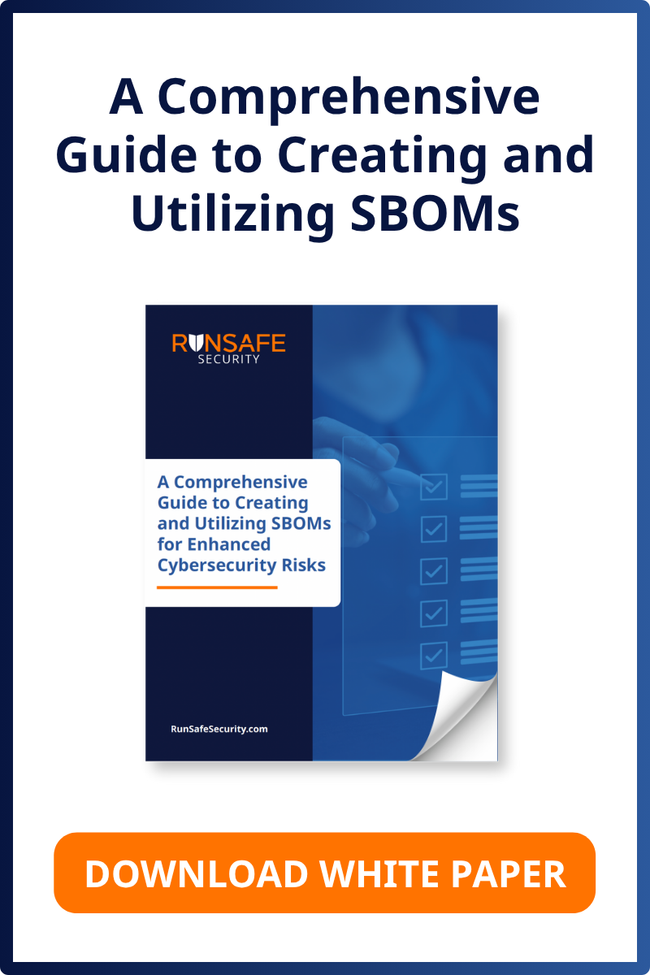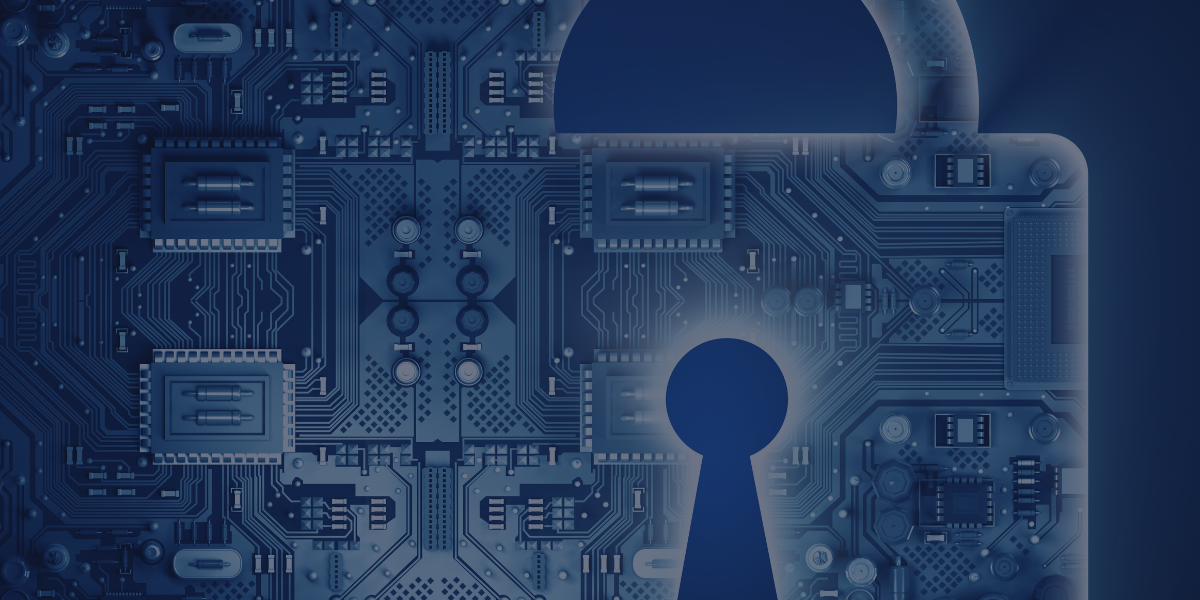Table of Contents:
Securing Critical Infrastructure with Memory Safety in Software
The issue at hand: memory vulnerabilities
The challenge of transitioning to memory-safe languages
Current efforts and the role of memory protections
The urgency of the matter: threats on the horizon
Improving critical infrastructure: memory safety now
How secure is the code underpinning our most vital systems? In our increasingly digitized world, memory safety in software has transitioned from a technical detail to a cornerstone of critical infrastructure protection.
As the NSA and other prominent bodies underscore its importance, it becomes evident that software vulnerabilities, especially in C or C++ applications, are not just code flaws but potential gateways for malicious actors. These gateways are particularly concerning when considering infrastructures like energy grids and manufacturing plants powered by industrial control systems (ICS) and SCADA systems. The stakes are high, and the challenges manifold.
Let’s take a deep dive into the memory-based vulnerabilities landscape, the daunting task of transitioning to memory-safe languages, and the innovative solutions, such as RunSafe, that aim to immunize your software today and for the future.
The issue at hand: memory vulnerabilities
Foundational software, especially those running our critical infrastructures, are built on the backbones of C and C++. These languages, while powerful, have an Achilles heel: vulnerabilities arising from their handling of memory.
At its core, the software governing crucial sectors like our energy grids and manufacturing hubs must be flawless. But, in the reality of C and C++-coded systems, memory mismanagement isn’t rare. Such missteps can serve as exploitable vulnerabilities for those with ill intent.
A key concern here is the inherent predictability within these languages. Historically, if a bad actor could decipher vulnerabilities in one software instance, they could design a universally effective exploit. This isn’t a bug but a golden ticket for those with malicious objectives.
To tackle this, it’s not enough to just patch these memory-based vulnerabilities. Instead, the approach needs to be more strategic. We can boost unpredictability by changing how software interacts with memory and introducing elements of randomness in function loads. This makes each software instance unique, diminishing the chances of a single exploit affecting all.
The challenge of transitioning to memory-safe languages
Critical infrastructure sectors often boast an expansive product portfolio, developed and refined over many years. Consider a company with over 1,000 diverse products, each a snapshot of technological innovation at its time of conception. The challenge arises when a sizable fraction of these products, entrenched in our critical infrastructures, are susceptible to memory vulnerabilities.
Transitioning to memory-safe languages for newer software products seems a plausible solution, but what about the legacy? Software products with life spans bridging decades are already deeply embedded in vital sectors. Their transition concerns technical adaptation and logistical, strategic, and continuity considerations.
Amidst these complex shifts, vulnerabilities can subtly emerge. It’s comparable to a structure being most at risk when undergoing renovation. Software can also inadvertently expose itself to unforeseen threats during these transformative phases.
Thus, as industries evolve, striking a balance between embracing the future and ensuring robust memory safety in software becomes an intricate dance; one that demands proactive strategies, innovative solutions, and unwavering vigilance against potential exploits.
Current efforts and the role of memory protections
The cybersecurity landscape is constantly evolving, and as threats grow more sophisticated, so must our defense approaches. At the heart of this evolution is the principle: “secure by design, secure by default.” This philosophy underscores the idea that software must be developed from its inception with robustness and resilience in mind rather than relying on patches and retroactive fixes.
Why does this matter?
For one, we’re talking about more than just individual pieces of software. It’s about the digital backbone of critical infrastructure — the systems that power our factories, manage our utilities, and keep our society running smoothly.
In this sphere, we advocate for preemptive memory protections. Not as an optional add-on but as a foundational layer of defense. While the industry ponders over a holistic shift to memory-safe languages, a gap remains.
What do we do about the here and now?
The answer lies in identifying memory-based vulnerabilities and actively safeguarding against them. By diversifying the memory layout in each software instance, the predictability, a significant advantage for adversaries, is negated. Every attempt to exploit becomes a unique challenge, deterring large-scale attacks.
The RunSafe suite of tools reflects this philosophy, emphasizing code hardening to ensure resilient applications. Instead of merely providing a bandaid, we focus on true resilience.
From integrating security at the code’s build phase to offering protected versions of open-source software and real-time vulnerability alerts, our approach is comprehensive. By leveraging RunSafe code hardening techniques, software becomes more resilient and more unpredictable to potential attackers.
The urgency of the matter: threats on the horizon
In the ever-turbulent realm of geopolitics, the ripples of conflict don’t just reverberate on the battlefield; they cascade into the cyber arena. Take, for instance, the escalating tensions between China and Taiwan. Beyond the immediate geopolitical ramifications, such conflicts have profound implications for cybersecurity, particularly concerning critical infrastructure.
With its vast interconnected digital networks, U.S. infrastructure presents a tempting target in these tense situations. And as history has shown, where there’s political tension, cyber-espionage and cyber-attacks are seldom far behind. State-sponsored digital incursions can often disrupt systems, cause considerable financial losses, and even endanger lives.
An exploitable critical weak point in these scenarios is memory vulnerabilities. Every unsecured code line, every unprotected function, becomes a potential entry point. And in a large-scale conflict, these weak spots can be exploited for espionage and sabotage. Imagine the chaos if a nation’s energy grid, transportation systems, or communication networks were compromised during a crisis.
The message is clear: the need for comprehensive memory protection is not a distant future requirement – it’s an immediate necessity. As geopolitical tensions loom, the urgency to immunize our software from potential exploitation has never been more pressing.
Improving critical infrastructure: memory safety now
In today’s rapidly advancing cyber landscape, the need for robust memory protections is more evident than ever. RunSafe champions this philosophy of applying memory protections today as a pragmatic bridge to the memory-safe languages of tomorrow. While the allure of these new languages is undeniable, the transition will require time — time that critical infrastructures might not have, especially in the face of rising cyber threats.
Every moment we wait, we leave our critical infrastructure — the backbone of our nation’s economy, safety, and well-being — vulnerable to debilitating attacks. With every delay, we edge closer to the precipice of cyber catastrophe. RunSafe’s approach serves as a sentinel in these challenging times, offering an immediate solution that doesn’t demand the upheaval of current systems or delay essential protections.
While the future lies in memory-safe languages, the present calls for immediate action. To ensure the security and integrity of our critical systems, don’t wait for tomorrow. Connect with RunSafe today and fortify your defenses against the threats of the digital age.






